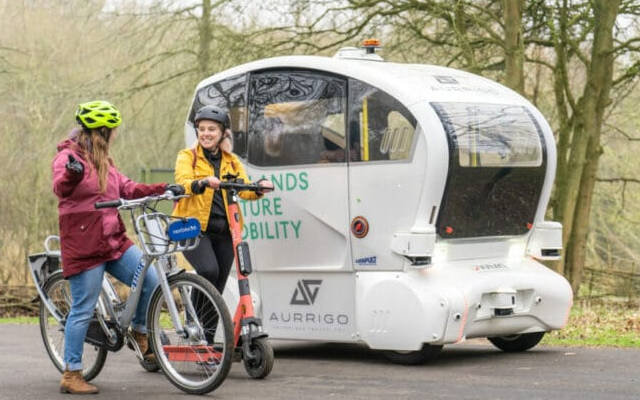Micromobility's Ripple Effect on Public Transit in Mid-Sized Cities

New academic research published in the journal Transportation Research Part D: Transport and Environment offers fresh insight into how shared micromobility services - such as e-scooters and bike-share programs - interact with public transit systems in medium-sized cities. The study focuses on what researchers call "spatial spillover effects," where micromobility use in one area can influence transit usage in surrounding neighborhoods, positively or negatively.
Complement or Competition?
The study, conducted across a sample of Chinese cities, reveals that shared bikes tend to complement public transit in peripheral or suburban areas by providing a first- and last-mile connection. Conversely, in dense downtown areas where transit is already frequent and accessible, shared bikes may actually substitute for short transit trips, reducing ridership.
E-scooters, when present, appear to serve more recreational or leisure-oriented functions. Their interactions with transit are more spatially dispersed and not always complementary — often depending on the availability of infrastructure like bike lanes or charging stations.
Spillover Effects in Action
One of the study’s key contributions is its identification of “spillover” behaviors — where the presence of micromobility options in one neighborhood affects transit use in adjacent zones. This means planners must think beyond isolated deployment and consider citywide patterns when designing shared mobility networks.
Policy Implications
- Deploy strategically: Position micromobility services to fill transit gaps, not duplicate them — especially in lower-density zones.
- Coordinate operations: Public agencies and private micromobility firms need shared data systems and integrated fare payment where possible.
- Differentiate modes: Bikes and scooters serve different purposes; planners should tailor deployment to match local needs and travel patterns.
Why It Matters for EVWorld Readers
While much of EVWorld's focus is on electric vehicles and sustainable mobility, micromobility plays a crucial supporting role in creating cleaner, more efficient cities. As EV adoption grows and urban centers seek to reduce car dependency, integrating bikes, scooters, and transit into a cohesive system becomes even more critical — particularly in mid-sized cities with limited rail or bus networks.
Ultimately, the study suggests shared micromobility isn’t just a “last-mile” gimmick — it has real spatial influence on how people use public transportation across an entire city. Getting the balance right could mean the difference between competition and true complementarity.
Sources
- ScienceDirect: Spatial spillover effects of shared micro-mobility on public transit in medium-sized cities
- ResearchGate: Austin shared micromobility interactions
- MDPI: Global micromobility-transit integration review
Original Backlink
Views: 218
Articles featured here are generated by supervised Synthetic Intelligence (AKA "Artificial Intelligence").
